- Your benefits as a Premium Member
10% off items
Free shipping from €20.00
- Help & Contact

Panthenol – the all-rounder for skincare
You probably know it as a wound cream or a quick remedy for sunburn. But panthenol can do so much more! This inconspicuous active ingredient has been well researched and can be a real game changer, especially for irritated, sensitive or even damaged skin. Today we’re getting to the bottom of this underestimated ingredient and addressing the question: what is panthenol anyway? And why does your skin always benefit from the positive effects? Here is the answer.
23 October 2024 • 5 min. reading time
Table of contents
Products with panthenol
Cosmetics basics: what is panthenol?
Even if you’ve heard it many times before: very few people realise that panthenol is provitamin B5. It is first converted into pantothenic acid (vitamin B5) and then into coenzyme A in the body. As such, it plays an important role in skin metabolism as it is a chemical precursor for many signalling substances. This makes panthenol non-irritating and well tolerated even by sensitive or previously damaged skin.
So far there has been no particular fuss about the active ingredient. It just felt like it had always been there and didn’t need to be mentioned. This is because it has been on the market since 1944 and is contained in many skin- and haircare products. The molecule itself is very small. This allows it to penetrate the skin effortlessly and unfold its multi-faceted panthenol effect. There are hardly any known allergies or intolerances. In fact, sensitive skin types in particular benefit most from panthenol for skin.
Tip
Want to know if your face or body cream contains panthenol? Take a look at the list of ingredients (INCI). The active ingredient is explicitly labelled as panthenol or dexpanthenol. The latter is mainly found in wound healing creams, as this is where its regenerative properties are best utilised.
Versatile: panthenol’s benefits on the skin
Redness, irritation, itching: sensitive skin can be a real skincare challenge. Perhaps panthenol is the long-awaited secret weapon that can really help you. This is because it has the ability to stimulate the formation of fatty acids and skin lipids. As both are important components of a healthy skin barrier, panthenol can make your skin more resistant. Even people with neurodermatitis or other inflammatory skin conditions can benefit from this.
Do you keep on experiencing very dry skin? The panthenol effect can also help to trap moisture better and thus increase the skin’s general hydration. In winter, even normal skin benefits from this effect of panthenol, because no skin type can have too much moisture.
Did you trip while running or spent too long sunbathing? Panthenol can speed up the healing of superficial wounds. As a result, it can quickly soothe abrasions, redness or sunburn. No wonder that panthenol is included in almost every after-sun care product. You don’t need to do anything special when using it. It can be easily integrated into your daily beauty routine.
After-sun with panthenol
Dexpanthenol vs panthenol: where is the difference?
You’ve probably heard both terms in connection with cosmetics and skincare. There is a simple reason for this. Dexpanthenol is what is known as ”dextrorotatory” panthenol. This small difference in its chemical structure means that the body can metabolise it more efficiently. It is therefore available more quickly in its chemically active form than coenzyme A.
If a lotion is labelled panthenol, then it always contains 50% dexpanthenol and 50% “normal” panthenol. If you want to support your wound healing with the cream, make sure it contains a pure proportion of dexpanthenol. This can also be found in the list of ingredients.
In detail: panthenol and its benefits on the skin
You have already learned that panthenol is a true all-rounder when it comes to skincare. But there are still a few special areas where the active ingredient has proven to be particularly effective.
Panthenol as aftercare for tattoos
Tattooing is very stressful. Although only superficial injuries occur, the skin definitely needs help with regeneration. By applying a cream with panthenol to your fresh tattoo several times a day, it can heal faster and make the tattoo look even better.
Treating a burn? First aid with panthenol
A burn often happens faster than you can say panthenol. Whether at home or during outdoor activities: you should always have a wound cream with panthenol in stock. As long as no blisters form, you can use it to treat these first-degree burns without any problems. The soothing effect of panthenol can alleviate the pain. Important: if in doubt, always consult a doctor!
Reduce scarring with panthenol
The structure of scar tissue differs from normal skin in the composition of the collagen fibres. The timing of treatment with panthenol is crucial here. The sooner you start, the smoother and more even the scarring will be.
Lip care with panthenol
Who says that decorative cosmetics can’t have a nourishing effect? Many lipsticks include panthenol as an ingredient. As your lips cannot keep themselves moisturised due to a lack of sebaceous and sweat glands, they urgently need external support. This is where panthenol really comes into its own in cosmetics.
Panthenol in baby care and during breastfeeding
A sore bottom or even nappy rash can quickly spoil a baby’s mood. Panthenol is therefore a popular active ingredient, as it does not stress sensitive baby skin. It can also speed up the regeneration of sore nipples, making your time together more harmonious.
Mix and match: how to incorporate panthenol in your daily routine
Whether as protection against the freezing cold or for sensitive skin, panthenol is contained in many face creams without you even realising it. Therefore, the active ingredient does not need to be carefully integrated into your daily routine, as it is usually already present anyway. In addition, panthenol is extremely easy to combine. It can be accompanied by other actives that emphasise its benefits.
Aloe vera: A great choice for sunburn and burns, supports the soothing panthenol effect and cools the affected area. The juice of the desert plant also provides valuable moisture and vitamins.
Urea: Originally a degradation product of various proteins, now produced synthetically. Urea is a component of the acid mantle and moisturises the skin, which binds panthenol in the skin – urea and panthenol are the dream team against dry patches and itching.
Allantoin: can stimulate the regeneration of skin cells, relieve itching and provide essential moisture. Combined with panthenol, this results in wonderful care for demanding skin and scar tissue.
While other actives such as vitamin C or retinol are often used on their own, you can easily combine them with panthenol. This is because its skin-soothing, anti-inflammatory and regenerative properties support every skin type, regardless of other requirements.
FAQs
Takeaway
Panthenol deserves more recognition than it gets. The active ingredient may not sound as fancy as its colleagues, but the panthenol benefits on the skin are impressive. Whether tattoo, sunburn or baby care: dry, irritated or even injured skin can regenerate faster thanks to panthenol. Discover face and body care, shower gels, shampoo or lipsticks with panthenol in the parfumdreams online shop.


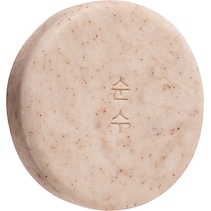

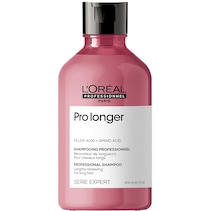


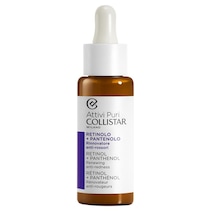
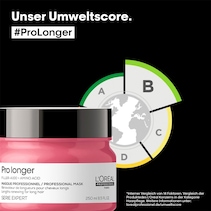
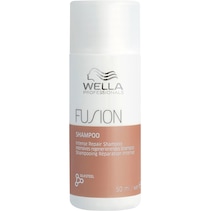

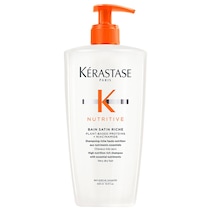

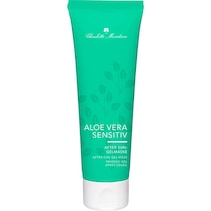
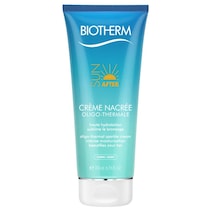
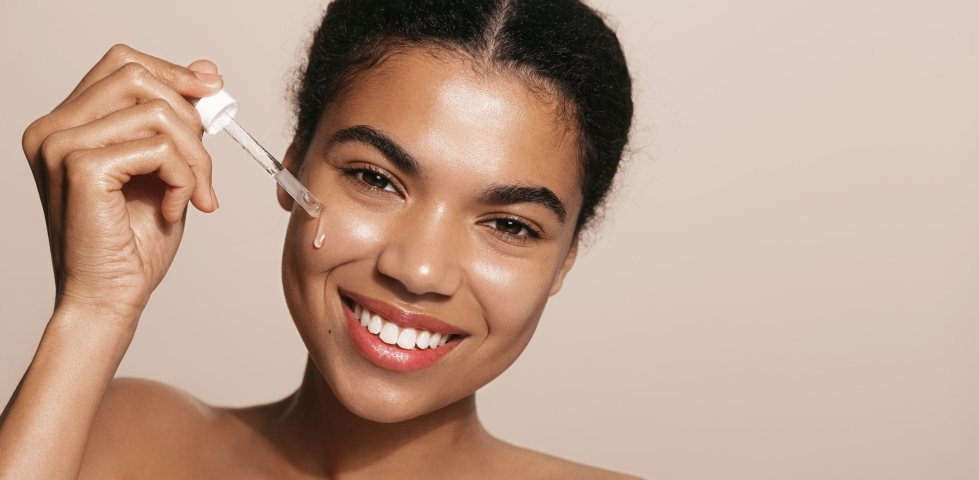
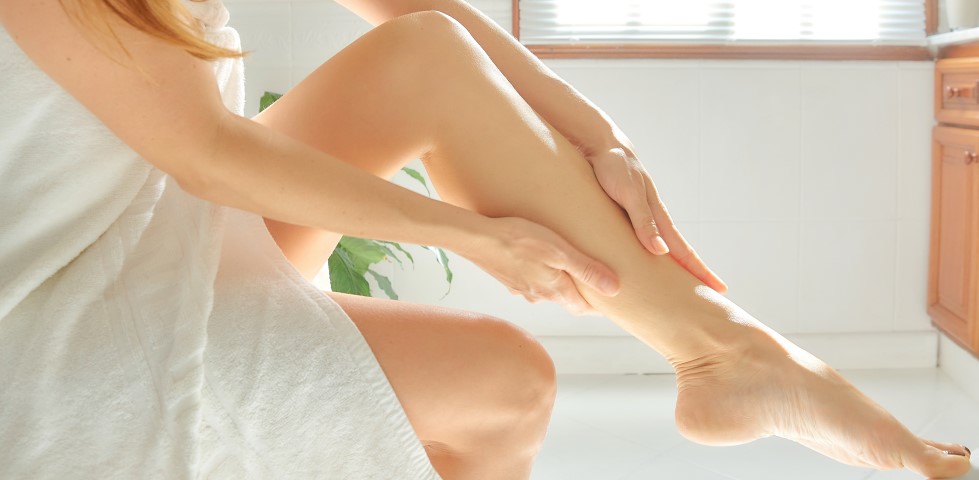
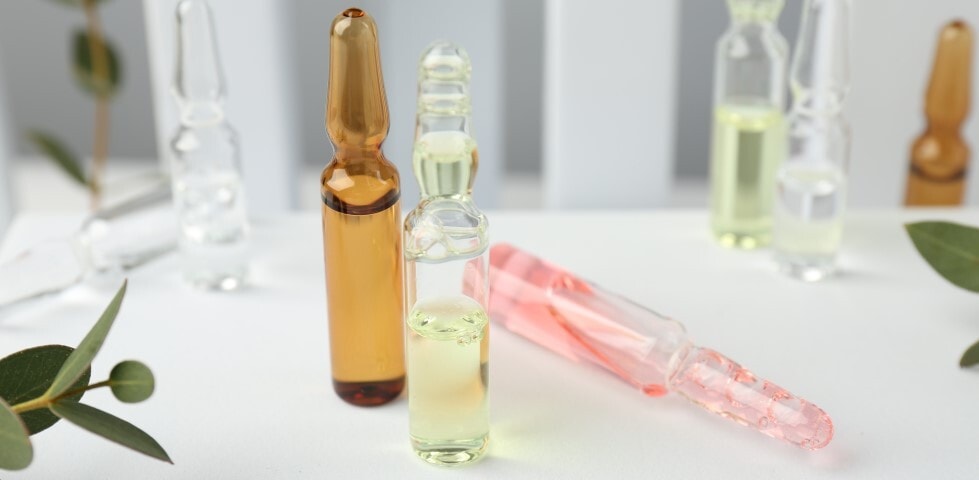





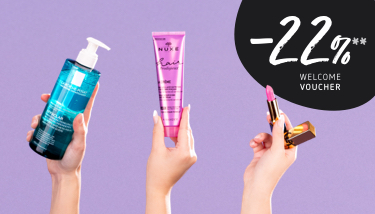






 Certified security
Certified security








